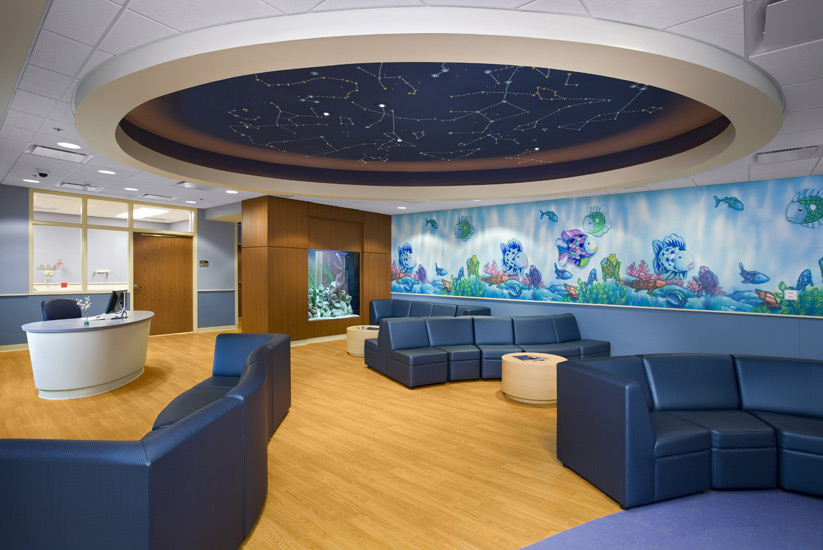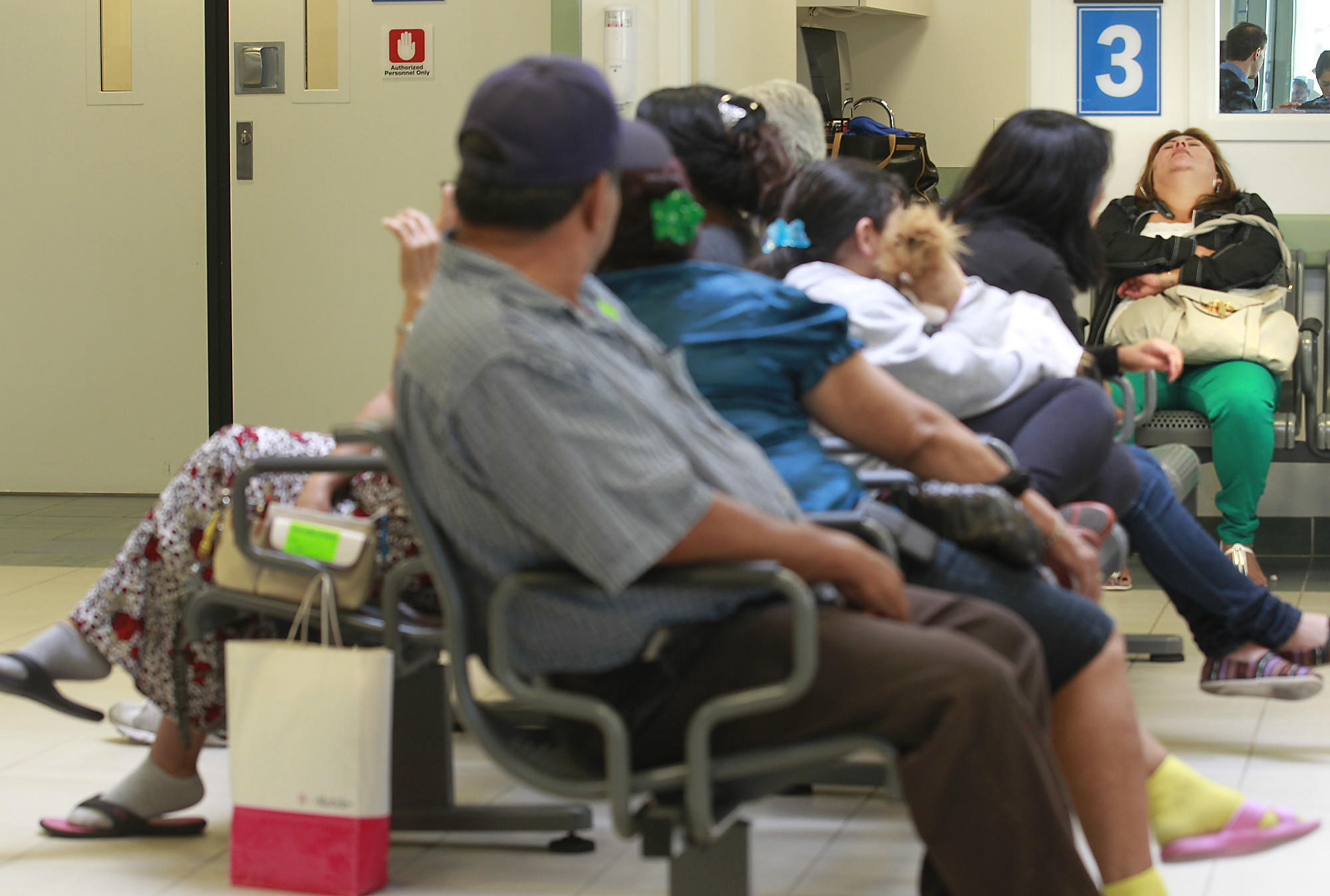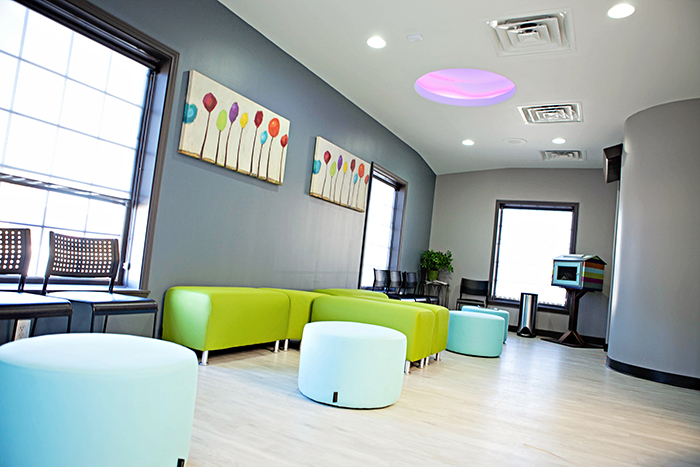
14 Dec Let the Healing Begin: A Formula of Joy for the Waiting Room
A space can change someone’s life through sensory experiences. It can provide a platform for confidence or for doubt, for indifference or for joy. It can step up to inspire people, especially those who aren’t well. It can step up to protect people, especially those who are vulnerable.
It does this by intentional choice regarding placement, color, and purpose. In other words, this becomes an Integrative Space.™
At the Healthcare Design Conference in November, designer Ingrid Fetell Lee was the keynote speaker and her focus addressed this very topic: “The Aesthetics of Joy.” In an interview in the recent Healthcare Design magazine, she explained that “when environments elicit joy, what we really are feeling is a sense that we’ve found a place that has sensory characteristics conducive to human thriving.”
In other words, the physical environment can affect someone’s well-being. A patient could start to feel better just sitting in a space that was set up to do just that. Waiting rooms could be the place where the healing process starts, where a turn-around begins, where people start to feel better just being there, where hope can be found, where people feel joyful.
Yet waiting rooms are put together with the chairs in straight tight rows, where there’s nothing of interest to look at, where people are crowded together because the chairs can’t be moved, and where there’s nothing inspirational on the walls or inspiring books to read.

Unfortunately, awareness of the crucial link between space and healing is still discounted. The belief that better testing, more cutting-edge treatments, and an efficient protocol does not take into account the sensory experience a patient may need to start healing.
A few elements of joy that Fetell Lee recommends are: color, curves, and scale.
Vibrant colors create feelings of delight. The playful and joyful colors experienced in children’s hospitals and waiting rooms are sadly translated into grown-up spaces by the use of subdued grays, browns and beige. Nothing uplifting.
Positioning chairs in a curved shape are softer than straight rows, especially chairs that can be moved around. Patients have the option to engage in creating their own seating experience and not be forced to sit side-by-side as though they’re riding a bus.

Finally, maintaining a human scale enables a patient to feel safe and protected. A clinic or hospital should strive to be a place where a patient will feel in charge and confident and empowered. Placing them in an enormous waiting area with high ceilings and walls of windows only creates vulnerability and concern and fear, not always joy.
I took heart that the healthcare industry invited someone to open their annual conference with a message about patient experience. Perhaps this is the beginning of a shift in perception about how to help people heal on all levels.
For more information about incorporating Integrative Space in a waiting room, see Carole’s blog here.
